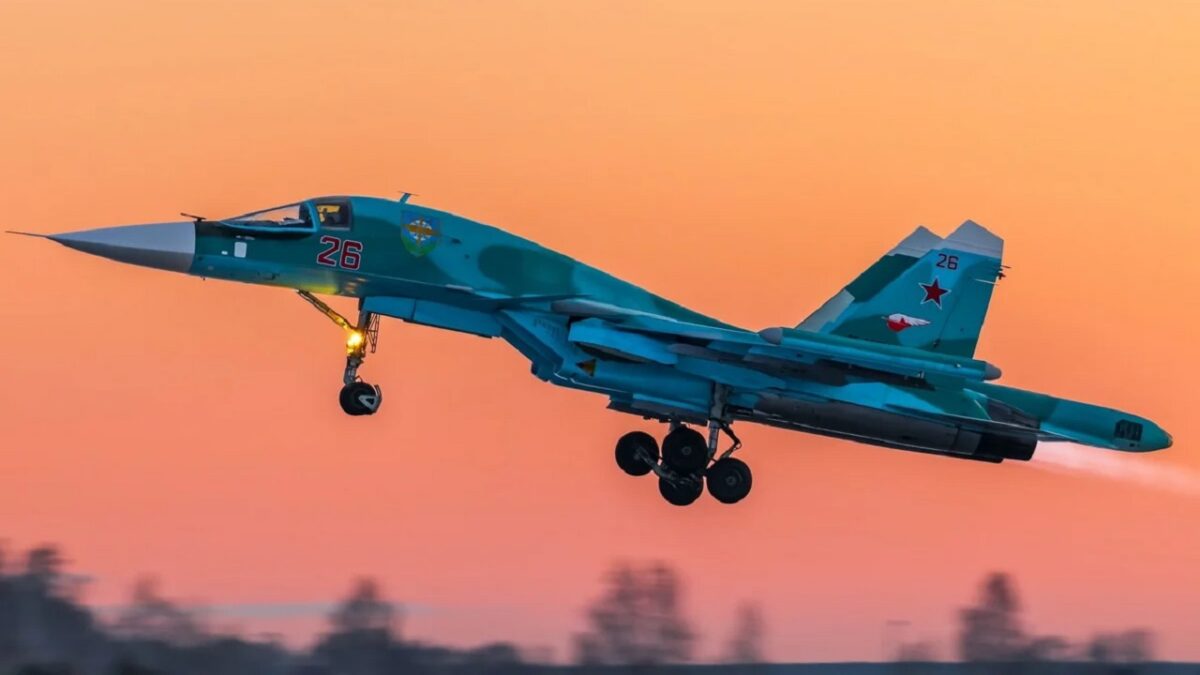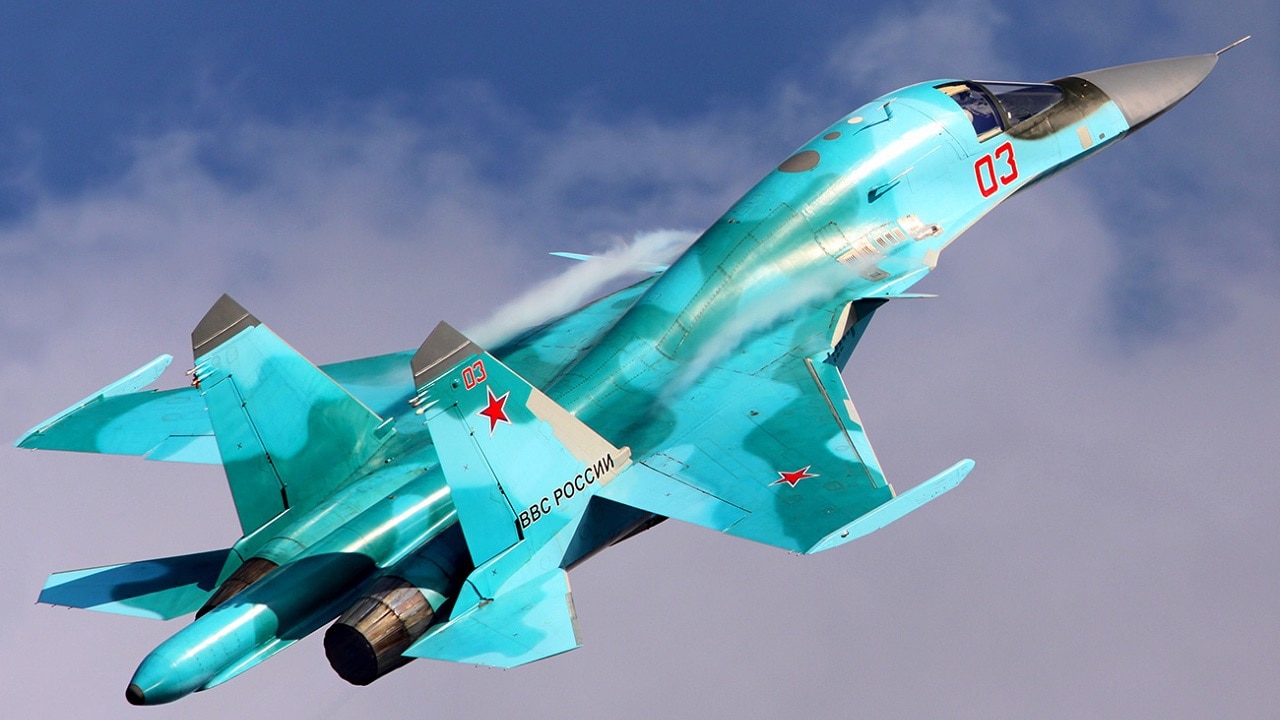The invasion of Ukraine has not gone as planned for the Russians. Despite enjoying superior force strength, the Russians have failed to hold Ukrainian territory – in large part, because Russia has failed to gain air superiority over the country.
Russia was supposed to breeze over Ukraine, taking Kyiv “within days, perhaps forcing a Ukrainian capitulation in less than a week.” That didn’t happen of course; the conflict has been ebbing and flowing for several months with no resolution in sight. Ukrainian forces, effective at conducting asymmetrical warfare, have thwarted Russian forces from achieving their objectives, one after another.
“Russia failed to establish air superiority, capture Kyiv, or take any major cities in northern Ukraine; and the Donbas campaign is locked in a virtual stalemate,” Tyson Wetzel, the 7th Air Force’s Deputy Director for Intelligence, Surveillance, and Reconnaissance, wrote for the Atlantic Council. Russia was supposed to establish air superiority within the first 72 hours of the conflict, allowing their ground forces to operate with air support. Instead, “Russian forces have failed to control the skies, and have suffered huge aircraft losses that have hindered their air support for the ground invasion.”
Wetzel argues that Russian failures are not to be blamed entirely for the outcome of the air war in Ukraine; rather, attribution must also be paid to Ukrainian successes.
“Russia deployed an impressive air and air-defense force to the region prior to the invasion, including hundreds of advanced fighter, fighter-bombers, and attack aircraft, as well as modern short-, medium-, and long-range surface-to-air missiles (SAMs).”
That’s not all.
“Russia also employed long-range aviation bombers launching cruise missiles, and special mission aircraft designed to provide airborne command and control (C2) and intelligence, surveillance, and reconnaissance (ISR).”
To counter Russia’s impressive fleet of advanced aircraft, Ukraine put forth a relatively paltry fleet of outdated fourth-generation fighters, plus short- and medium-range SAMs. “On paper, Russia held clear quantitative and qualitative advantages over the Ukraine Air Force,” Wentzel wrote.
Yet despite the myriad advantages, Russia failed to establish air superiority – for which, Wentzel cites several reasons. “First, [Russia’s] initial strikes on February 24 were largely ineffective in landing an immediate knockout blow.” Instead of concentrating initial strikes, Russia distributed strikes across the country, diffusing their overall effect, and allowing Ukraine to continue mounting a defensive effort. “Second, Russia’s non-kinetic effects had limited impact and were poorly integrated with the kinetic strikes.”
Third, Wentzel cites Russia’s poorly executed suppression of enemy air defense plan; Russia “failed to destroy mobile SAMs, and their targeting of Ukrainian military airfields was largely ineffective, as they did not crater runways nor destroy nearly enough combat aircraft on the ground to prevent effective Ukrainian defense.”
“Fourth, Russian forces failed to integrate tactical or battlefield intelligence.” Essentially, Russia was fighting blind, unaware of high-value target locations, like “Ukrainian President Volodymyr Zelenskyy, mobile SAMs, critical IADS nodes, and Ukrainian military command posts.” Lastly, Russia failed to counter Ukrainian drones – another example of Ukraine’s asymmetrical, guerilla-like effectiveness. Ukrainian drones ravaged Russian ground troops.
Overall, “the air campaign appeared to have no overarching concept or unifying theme: Russian forces were unable to decapitate Ukrainian leadership, or blind and/or paralyze IADS,” Wentzel wrote. In effect, Ukraine was able to operate unhindered, inflicting massive losses upon the invading Russian Air Force.
Wentzel recommends that US forces learn from the Russian Air Force’s mistakes over Ukraine. In particular, the US should “focus on finding and destroying mobile SAMs; integrate cyber effects into operational planning and tactical execution; developer counter-[drone] doctrine.”

Russia’s Su-34 fighter-bomber. Image Credit: Creative Commons.
Russia’s inability to secure air superiority in Ukraine – and Russia’s subsequent inability to hold territory in Ukraine – speak to the continued importance of air superiority in modern warfare; despite the changing tactics and technology of modern warfare – air superiority still appears prerequisite to winning a conflict – although, as John Mearsheimer points out in his seminal text, The Tragedy of Great Power Politics, air superiority alone won’t win a war.
Harrison Kass is the Senior Defense Editor at 19FortyFive. An attorney, pilot, guitarist, and minor pro hockey player, he joined the US Air Force as a Pilot Trainee but was medically discharged. Harrison holds a BA from Lake Forest College, a JD from the University of Oregon, and an MA from New York University. He lives in Oregon and listens to Dokken. Follow him on Twitter @harrison_kass.

